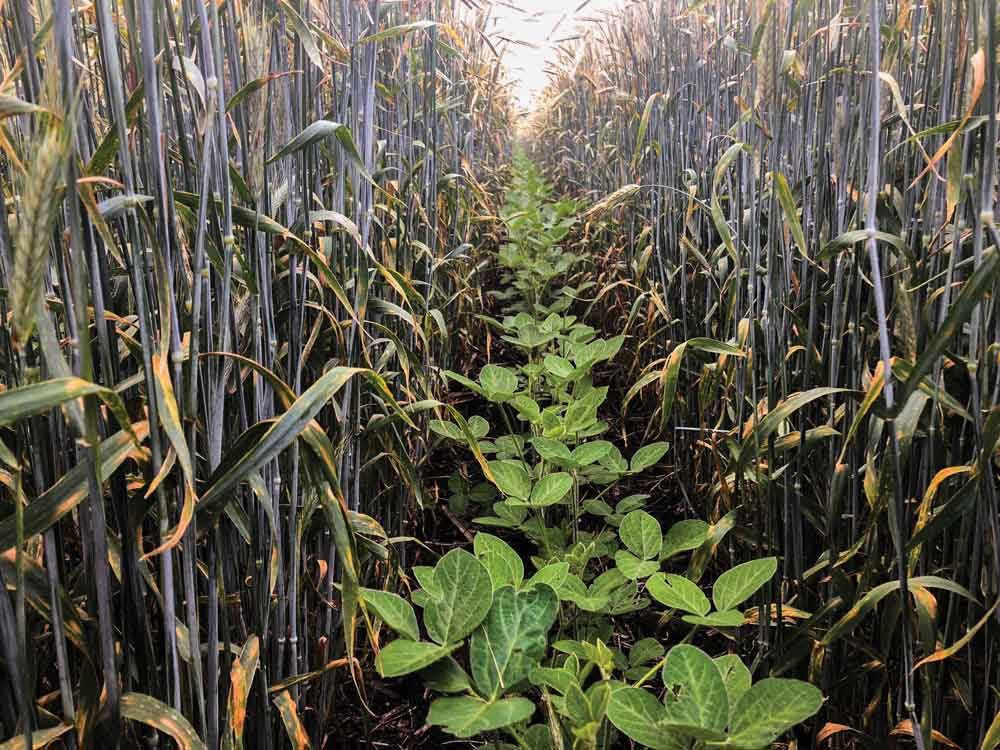No-Till Farmer
Get full access NOW to the most comprehensive, powerful and easy-to-use online resource for no-tillage practices. Just one good idea will pay for your subscription hundreds of times over.

MANY CORN AND soybean farmers have found themselves looking for a viable third crop to incorporate in their rotations, seeking diversity in markets, soil health benefits, and the opportunity to spread work the load over a longer period of time.
One crop that is getting some attention as a potential third crop is hybrid rye, a higher-yielding relative of open pollinated (OP) cereal rye, which is typically used as a cover crop after full-season crops. Hybrid rye has been raised extensively in Europe and is commonly used for both human food and animal feed, as well as in distilleries and for ethanol production. It is bred by KWS in Germany and there are currently several hybrids available to grow as grain, forage or both.
Like cereal rye, hybrid rye is winter hardy and good for controlling soil erosion and managing water. But the yields of hybrid rye, which often top 100 bushels per acre, far exceed the 30-60 bushel-per-acre yields of OP types. Hybrid rye’s big root system is said to require 20% less water and nutrients than winter wheat grown for similar yields.

LOTS OF POLLEN. To show how much more pollen hybrid rye releases, researchers at KWS placed a plastic bag around a head of open…